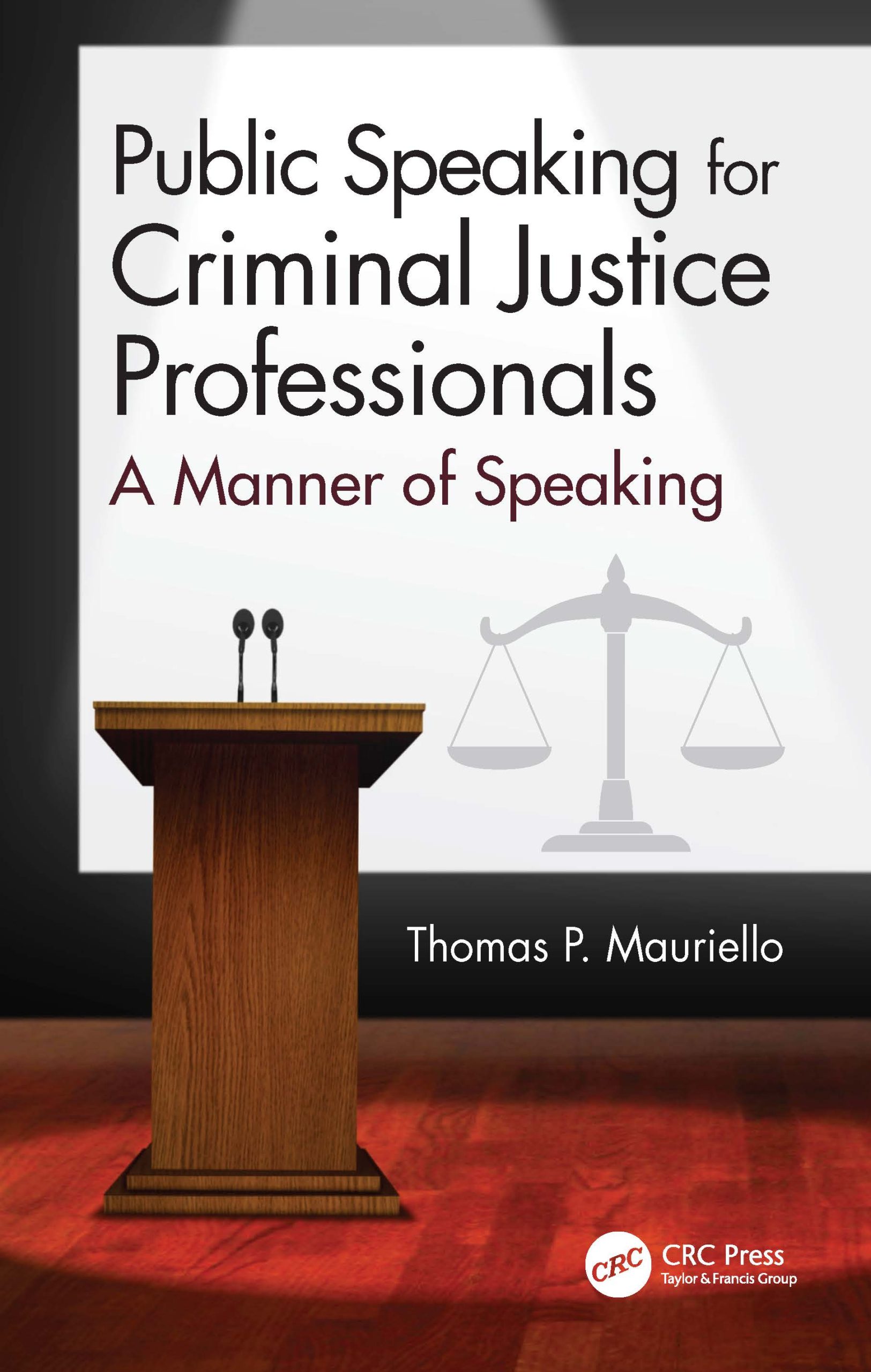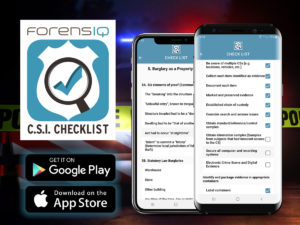Lab Uses Wrong Chemical in 2,500 Methamphetamine Test in Santa Clara County
Earlier this year Mark Burry, crime analyst at Santa Clara County Lab, used the wrong chemical to conduct preliminary methamphetamine tests on the blood samples of 2,500 arrestees.
In January, Burry apparently grabbed the wrong solution off a shelf and loaded a machine with a more sensitive compound. Another analyst discovered the mistake in March and after retesting the samples, only seven tests had shown a false positive. Fortunately no one is in custody because of a mistaken test. The Santa Clara County Lab is taking extra precautions to better label it chemicals and is conducting a wholesale review of procedures.
Because of his mistake, Mark Burry is no longer assigned to drug testing at Santa Clara County Crime Lab. District Attorney Jess Rosen stated, “Human error will always exist within the criminal justice system; however, it is vital that we quickly find any mistakes and quickly fix them. We did that in this case.”
Interested in reading more? Click here to view the entire article!
Source: San Jose Mercury News
[Abstract written by Noel Andres, ForensIQ Intern, 5/8/14]
“Shooting Reconstruction: The 4 Elements of Trajectory” – Free Online Course
RTI International will be holding a free online course on Thursday May 22 at 1pm Eastern time. This course is called “Shooting Reconstruction: The 4 Elements of Trajectory”. It will be presented by Aaron Brudenell and will be approximately 70 minutes. He will discuss how the path of a bullet hole has 4 main elements that require measurement, estimation, or other determination where possible. This introduction to shooting reconstruction course will address these four elements independently and then assessed as a group in examples and case studies.
RTI International also offers free archived training that can be viewed at anytime.
Click here to register!
Click here to view free archived training
Source: RTI International
[Abstract written by Alicia Terrell, ForensIQ Intern, 050814]
Obliterated Serial Numbers in Firearms
A report released by The National Institute of Justice gives a different way to detect compromised serial numbers on firearms. The two most used ways for restoring serial numbers is MPI and chemical etching. These technologies were compared to magneto optical (MO) sensor technology. This comparison revealed that MO sensor technology is a viable and reliable serial number restoration technique. This technique doesn’t damage the sample. Its also safe to use and easy. Also compared to the other technologies it did better in sensitivity, specificity, accuracy, and precision. The MO sensor technology works with multiple layers called wafers. It works by passing polarized light from a light source under influence of an external magnetic field. The light is reflected by the mirror layer after crossing the MO active film (layer). An analyzer eliminates all non‐altered components of the mirrored light beam. The result is a colored image of all magnetic fields over the sensor area where a camera records the image. The draw back of this technology is that it can only be used on flat surfaces and it is more expensive. But because of its positives it can be used as a fall back plan to investigators.
Click here for full article
Click here to read report
Source: Forensic Magazine
[Abstract written by Alicia Terrell, ForensIQ Intern, 050814]
Crime Scene Blood Impressions Web Course
Although they are not frequently found at crime scenes, blood impressions can be a very key piece of evidence as it can definitively link a person to a crime scene. Knowing the best way to analyze this type of evidence could be crucial in utilizing this type of evidence in the most effective way possible. RTI International is offering a free, on demand presentation of a webinar titled Florescence of Blood Impressions with Acid Yellow. The webinar is 90 minutes long and provides step by step demonstration and discussion, instructing on the use of acid yellow 7 for blood impressions.
Click here to register for the course.
[Abstract Written by Walter Tates, ForensIQ-Inc. Intern, 050814]
The National Institute of Standards and Technology Seeks Applicants to Join Forensic Science Committees
The National Institute of Standards and Technology (NIST) is accepting applications from members of the forensic science, criminal justice, and academic research communities to serve on the Organization of Scientific Area Committees (OSAC). The OSAC, which will include a Forensic Science Standards Board, three resource committees, five scientific area committees, and twenty-three discipline-specific committees, will seek to develop national standards and guidelines for forensic science practitioners throughout the United States. The OSAC’s findings and publications, which will provide standards and guidelines to improve quality and consistency in forensic science, will be available to the public free of cost.
Only 400 applications have been received since the process opened on April 11, 2014 and the NIST needs approximately 600 experts to fill the open positions. If you are interested please review the roles and responsibilities for each membership category of OSAC and apply for membership. Applications are due 11:59 PM EDT, Sunday, May 11, 2014!
Click here for more information about the NIST and OSAC!
Click here to view the online application!
Source: The National Institute of Standards and Technology (NIST)
[Abstract written by Noel Andres, ForensIQ Intern, 5/1/2014]
Indiana Proposal Would Require All Arrestees to Provide DNA Samples
Indiana lawmakers are making an effort to try and pass legislation that would require all arrestees of criminal offenses to provide a DNA sample. A study by Indiana University – Purdue University concluded that DNA collection from all arrested individuals would save Indiana taxpayers approximately $60 million annually.
Requiring all arrested individuals to provide their DNA would expand the database of the Indiana State Police crime lab, helping convict repeat criminal offenders and save in officer response times, and investigations, prosecutions, and court time. The lab collects 18,000 new samples per year and contains more than a quarter of a million DNA samples, which over the past 17 years, has helped law enforcement link nearly 4,200 suspects to crime scenes.
Senator Jim Merritt, states that having all arrestees provide DNA samples for criminal offense can serve as a quality tool, expand the state’s database, and can ultimately play a large role in law enforcement.
Click here to read the full article!
Source: The Indy Channel
[Abstract written by Noel Andres, ForensIQ Intern, 5/1/2014]
Criminology Buffs Club At The University of Colorado Gives Students A Glimpse Of The Criminal Justice World
In the fall of 2012, students and faculty at University of Colorado formed the Criminology Buffs Club in order to inform students about the different career paths and opportunities in the field of criminal justice. Television shows and movies about crime scene investigation and law enforcement officers have given the public an inaccurate image of what goes on in the world of criminal justice. The goal of the 32-member Criminology Buff Club is to dispel some of these myths and provide students with a real-life understanding of the criminal legal system.
On April 7,2014 the Criminology Buffs Club hosted a Crime Scene Investigation competition for the students on the University Campus. The student teams were tasked with correctly and accurately collecting evidence from the staged scene as part of the event. The purpose the club’s organized events is to give students exposure to working professionals in the field of criminal justice and to give them real-life insight of what the duties of these professionals consist of.
Aside from the CSI competition, the Criminology Buffs Club additionally organizes multiple discussion panels for students interested in careers in Juvenile Justice, Criminal Justice, and Law Enforcement. Although students participating in these events may not investigate homicides or become criminologist in the future, the Criminology Buffs Club will continue to provide information about career options for these students.
Source: Daily Camera
[Abstract written by Noel Andres, ForensIQ Student Intern, 4/17/14]
Forensic Class at Boy’s Latin School of Maryland Uses Maggots For Criminal Investigation
With talented faculty alongside, students at the Boy’s Latin School of Maryland learn the core values of courage, integrity and compassion while striving for academic and personal excellence. Jim Haluck, instructor of an honors forensic course at The Boy’s Latino School of Maryland, helps students examine the scientific techniques used by criminal investigators in the laboratory to solve crimes.
A new lab entitled Sarcophaga bullata, which deals with meat and maggots in an attempt to determine if drugs were used by a deceased human body, has recently made the news in the forensic world. Instructor Haluck explained, “The boys in honors forensic sciences are loading their test tubes with drug laced ground beef and larvae of Sarcophaga bullata flies. These flies lay eggs on deceased humans and can be used to determine time of death and any drug use by the deceased individual. After about three days of feeding on the drug-laced meat, the boys will extract the maggots and grind them to prepare their body fluids for thin-layered chromatography analysis. The samples taken from maggots will be compared to reference drug Rf values for identification.”
The forensic class at the Boy’s Latin School of Maryland places the students into the shoes of forensic entomologist, helping them obtain a better understanding of the work these professional provide to the field of forensic science.
Click here to read more about the Boy’s Latin School of Maryland and the Forensic Class!
Source: The Boys’ Latin School of Maryland
[Abstract written by Noel Andres, ForensIQ Intern, 4/17/14]
New Technology Helping with Old Cases
New technology is constantly emerging with the aim of creating more effective and efficient means of analyzing, processing, and understanding evidence gathered from crime scenes. These technologies can even help with revisiting cases. The FBI is doing just that and using new technology developed by the bureau called the Next Generation Identification system to reanalyze fingerprint evidence in a cold case from 1997, and opening the door to the re-investigation of other cold cases as well.
Click here to read the article.
[Abstract Written by Walter Tates, Forens-IQ Inc. Intern. 041714]
Bruising Sensor to Determine Child Abuse
A University of Louisville research team has developed a force sensing skin that can be adapted to a child surrogate to identify potential bruising locations during mock laboratory experiments of accidents and abusive events. The presence, distribution and location of bruising on a child’s body can give a roadmap to documenting a child’s exposure to impact. It’s designed to contour to all body regions of the child surrogate to provide this roadmap. This mapping could also show the magnitude of force of each impact. This type of information could be critical in a forensic analysis of a child’s injury. Child surrogates have been used to study motor vehicle crashes to predict injury risk. But these studies have not focused on potential injuries to the skin or soft tissue. The researchers at Louisville want to develop a base of these roadmaps to be associated with various simulated events and compare this to clinical studies.
Source: Science Daily
Click here for full article
[Abstract written by Alicia Terrell, ForensIQ Intern, 041714]
3D Scanning for Illinois State Police
Illinois State Police will start using a 3-D scanner that will allow better record data from crime scenes. This technology will allow juries to virtually be at the scene of a crime. It will allow investigators to be able to reconstruct and preserve evidence easier. The scanner, Leica C10, is on a tripod and uses lasers to capture a room by creating a 3-D image. Once captured these images are uploaded to software to create a 360-degree virtual tour of a crime scene. The scanner was used at a recent shooting and took about four hours to scan images from inside and outside of a crime scene. Though this takes more time the Illinois State Police think it will be worth it. This will greatly improve presentation in the court room.
Source: BND
Click here for full article
[Abstract written by Alicia Terrell, ForensIQ Intern, 041714]
Skin Bacteria Identifies You
We leave more behind than just DNA and fingerprints. We each have bacteria on our hands that can be more unique to us than DNA. According to a study by Rob Knight a microbial ecologist, bacteria on your hands leave a print behind that can be identified with up to 95% certainty. The study tested whether or not skin bacteria could be easily recovered from surfaces and if that bacteria would identify the individuals who had left it behind. He suggests that this can be used alongside DNA evidence or when it is not present. But he cautions that this forensic analysis requires considerable testing and refinement before it can be regularly used in criminal investigations. But once refined this technique could make a significant difference with investigations.
Click here for full article
Click here for Knights study
Source: Business Insider
[Abstract written by Alicia Terrell, ForensIQ Intern, 041014]
Pets Helping Solve Crimes with UC Davis Veterinarian Forensic Lab
The work that comes out of the Veterinarian Forensic Lab at UC Davis has changed the way crimes are investigated and prosecuted throughout the world. Accredited by the American Society of Crime Laboratory Directors, the lab has been nicknamed the “CSI of the four-legged world” and is the nation’s first laboratory dedicated to animal DNA profiling.
The staff at the VFL analyze crime scene evidence that include animal fur or hairs, feces, urine stains and tissue samples to help solve crimes that range from burglary and animal abuse to sexual assault and murder. Besides its work in the United States, the VFL has worked criminal investigations in several countries including Japan, Ireland, Canada, Australia and Argentina.
Pet owners have special bonds with their beloved companions and now thanks to the Veterinarian Forensic Lab, whether the animal is the victim, the perpetrator or simply a witness to a crime, the evidence they provide is making a difference in the way crimes are investigated and prosecuted.
Source: Santa Barbara News: Noozhawk
[Abstract written by Noel Andres, ForensIQ Student Intern, 4/10/14]
Click here to read more about the Veterinairan Forensic Lab at UC Davis!
Fox Valley Technical College Creates Body Farm for Research
There are a lot of unanswered questions as to what happens to bodies after death. In order better understand the decomposition of animals and humans in extreme cold, a two-acre body farm will be built as part of Fox Valley Technical College’s Public Safety Training Center in Grenville, WI.
The FVTC research facility, which is scheduled to open in mid-2015, might be used to conduct experiments on how subzero temperatures mummify body tissue, whether insects inside a chest cavity can tolerate freezing weather, or whether scavengers like coyotes and foxes lose interest in a frozen body. The chairman insures that the FVTC will guard the research site with a 10ft-high-fence, barbed wire, and privacy slats to prevent curiosity seekers and thieves from entering the facility and to help treat the donated cadavers with respect.
FVTC plans to work with other research institutions like the University of Wisconsin or the University of Tennessee to conduct experiments and publish the findings.
Source: Post-Crescent Media
[Abstract written by Noel Andres, ForensIQ Student Intern, 4/10/14]
Interested in reading more about this body farm? Click here for the full article!
Touch DNA – The Basics
The topic of touch DNA has become more prevalent in the field of forensics. This article walks you through all of the need to knows about touch DNA from its history, to how to handle it in the lab. Topics of this article include how touch DNA is left at a crime scene, how to process a crime scene being mindful of touch DNA, ways to prevent contamination of touch DNA evidence, and even a heads up on problems that may arise when dealing with touch DNA.
Click here to read the article.
[Abstract by Walter Tates, ForensIQ Inc. Intern, 041014]






